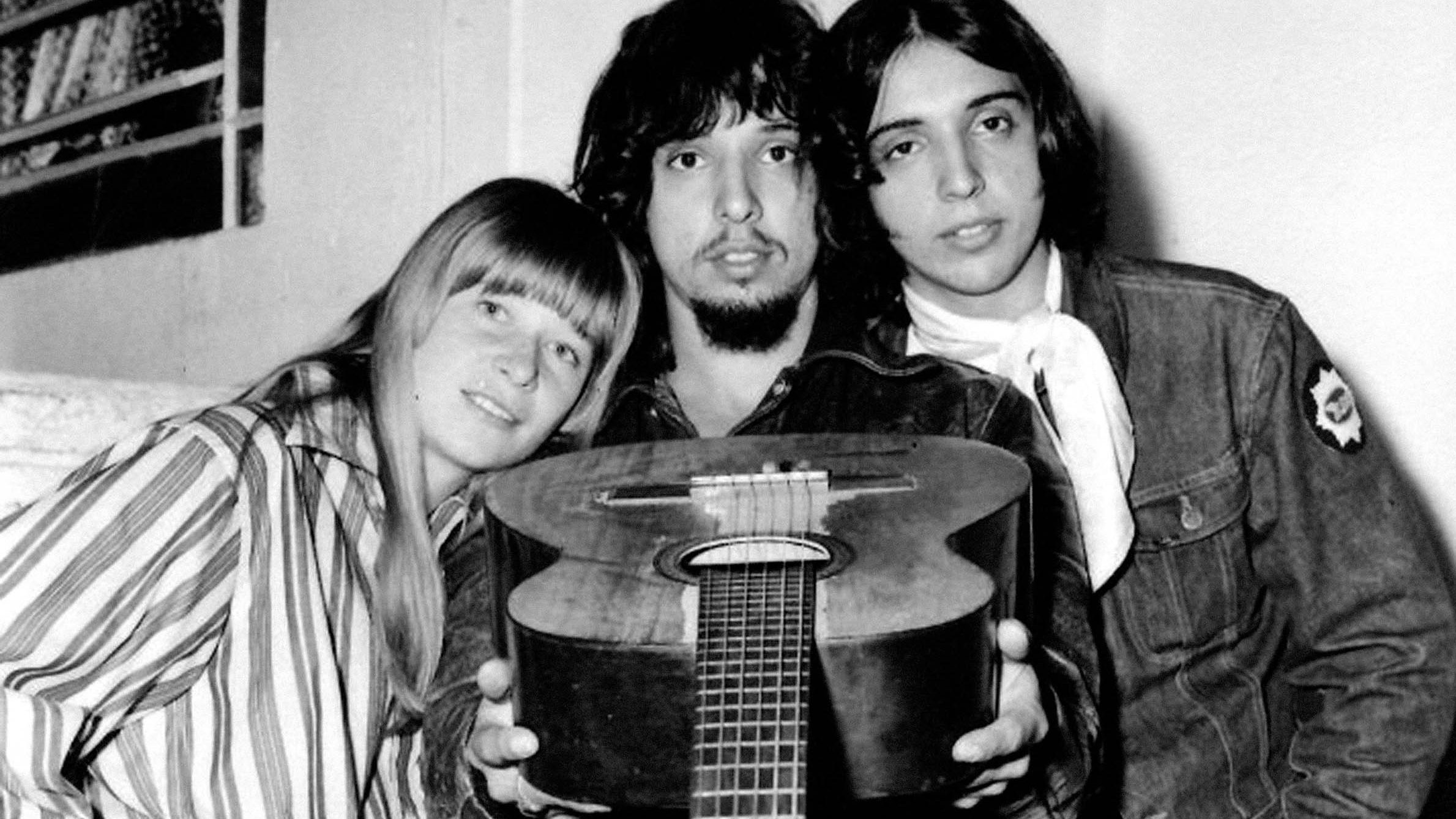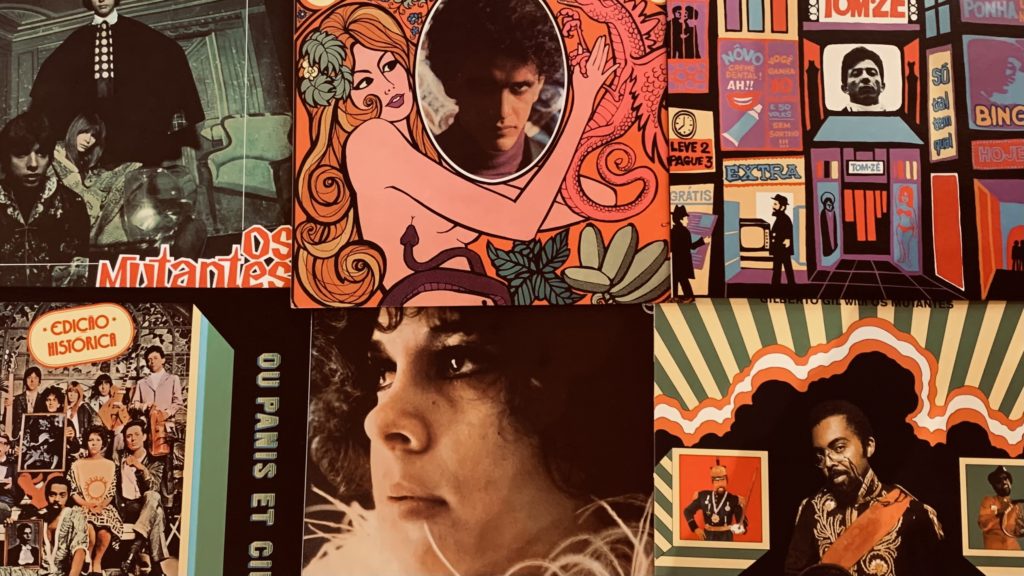
Few musical scenes have ever burned as briefly, brightly, or brilliantly as Brazil’s Tropicalismo movement. Essentially emerging in March of 1968 with the arrival of singer-songwriter Caetano Veloso’s self-titled second album, Tropicália would be effectively dead within a year. While most musical movements die out as a result of changing tastes and/or the arrival of shinier new objects of cultural intrigue, the downfall of Tropicália was a consequence of something far more nefarious.
Four years prior to the arrival of Tropicália, Brazil fell under the control of a U.S.-backed military dictatorship. Tropicalismo would emerge as a cultural response, encompassing the worlds of Brazilian art, film, and music. While the Tropicalistas were generally not overtly political in their work, their brazen disregard for tradition caught the attention of Brazilian authorities. Based upon the idea of antropófago – also known as “cultural cannibalism” – the Tropicalistas aimed to create new art forms by combining disparate elements. For the musical wing of the movement, this meant incorporating heavy influence from American and British pop artists – particularly The Beatles.
This open embrace of “western” influences – along with the relatively benign political messaging in their music – also created a rift between the Tropicalistas and Brazil’s young leftist movement. Ultimately, leading figures of Tropicália’s musical wing – namely Veloso and his longtime friend and fellow Bahia native, Gilberto Gil – would show at least a certain degree of solidarity with the leftists, particularly after the June 1968 death of Edson Luís, a student killed while participating in a political demonstration.
The protests that followed Luís’ death – which coincided with increasing domestic violence around the globe – set hardliners within Brazil’s military dictatorship on high alert. By this point, the Tropicalistas had gained national attention, including their own television program, Divine Maravilhoso. Fearing their growing influence, President Costa e Silva signed the Fifth Institutional Act (known as “A1-5”) into law. Among the first victims of this blatant act of repression were Veloso and Gil – both of whom were arrested, put into solitary confinement for two months, and then placed under house arrest in Salvador, Bahia. In July of 1969, both were deported to England.
Though the musical careers of the leading Tropicalistas – Veloso, Gil, Os Mutantes, Gal Costa, and Tom Zé – continued well beyond 1969, the Tropicália movement effectively ended with Veloso and Gil’s imprisonment and deportation. Though a number of excellent compilations – particularly Soul Jazz’s outstanding 2006 effort, Tropicália: A Brazilian Revolution in Sound – have documented the late-60s/early-70s work of the relevant artists, this playlist focuses exclusively on the one year that encompasses Tropicália’s heyday, from the March 1968 release of Veloso’s second self-titled LP to the March 1969 arrival of Gal Costa’s brilliant self-titled album. Enjoy.
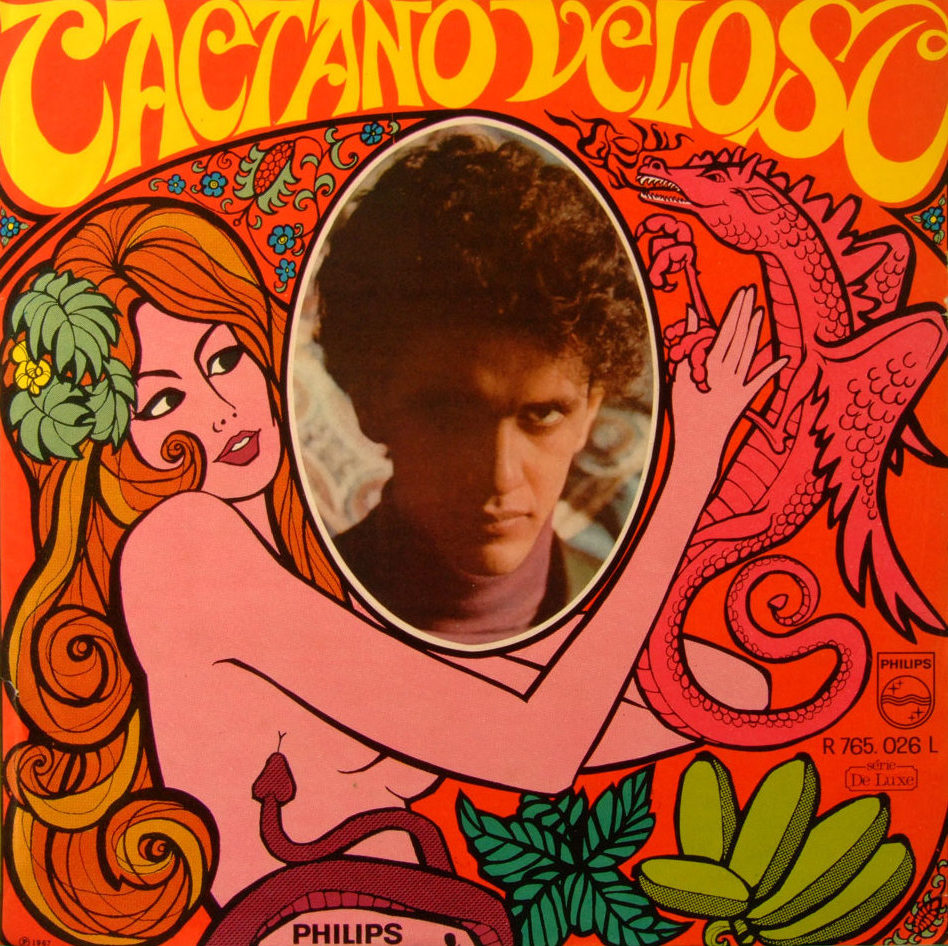
Recorded in late-1967, Caetano Veloso’s second self-titled LP would be the first album released that was affiliated with the musical wing of the Tropicália movement. However, the idea of “cultural cannibalism” had already been utilized within the realm of Brazilian visual art – the most famous example being Helio Oiticica’s 1967 installment, which he named “Tropicália,” as a play on Brazilian stereotypes. Liking the title, Veloso utilized it for the first track on an album that he intended as an artistic rebirth. Its densely evocative lyrics contained cryptic allusions to Brazil’s politics, geography, history, and culture, and the lush orchestration and hard-to-categorize sound would ultimately serve as something of a template for a scene that would become known for its unbridled creativity.
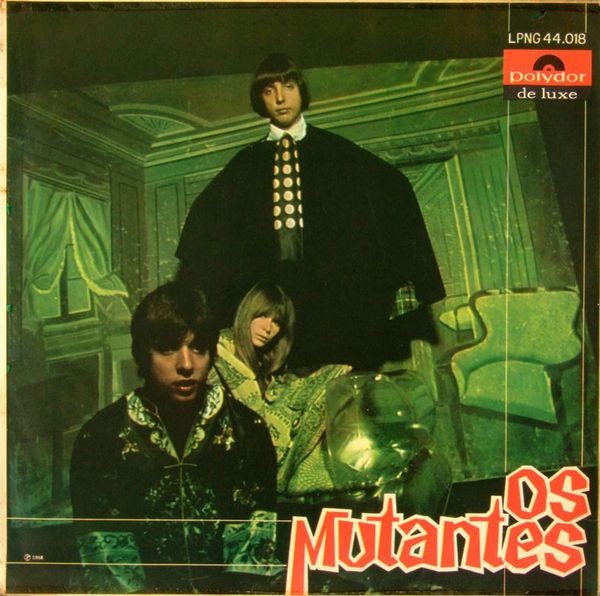
Though Os Mutantes’ self-titled debut is a landmark of avant-garde rock, its finest track is nothing short of pop perfection. Written and originally recorded by Jorge Ben, “A minha menina” would take on a radically different form when performed by the young São Paulo trio of Rita Lee, and brothers Arnaldo and Sérgio Dias Baptista. While the group would bring in Ben – already something of an elder statesman on the bossa nova scene – to sing and play acoustic guitar, the hookiest thing on the track is Sérgio Dias’ fuzzed out descending guitar lead. It repeats again and again over the song’s nearly-five-minute run-time, but never overstays its welcome.
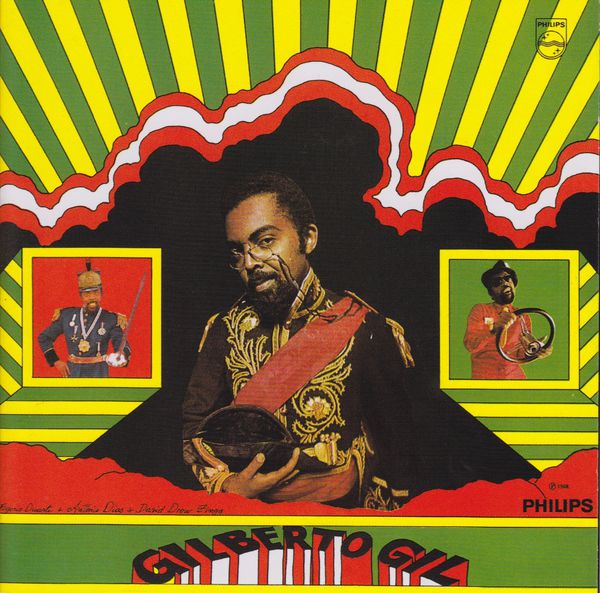
A true artistic original, Gilberto Gil was arguably the heart of Tropicália. Arriving in May 1968, Gil’s second LP was a kaleidoscopic melange of musical styles. Combining traditional folk forms, the rock of his backing group, Os Mutantes, and the vivid orchestral arrangement of Rogério Duprat – known in some circles as the Brazilian George Martin – “Marginália II” is one of the album’s most effervescent tracks.
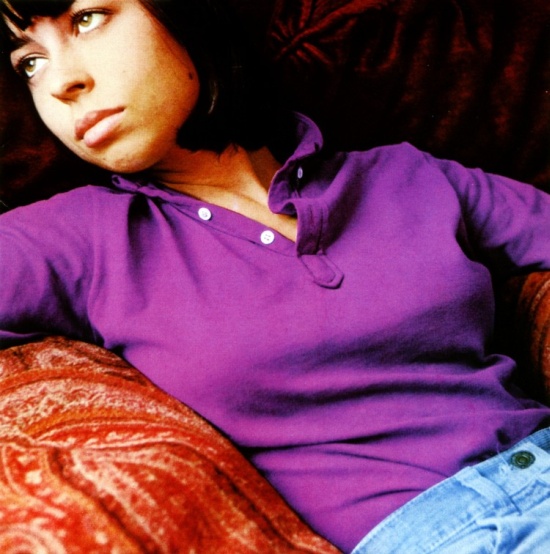
Though not on quite the same level as Caetano Veloso, Gilberto Gil, or Gal Costa, Nara Leão was an important contributor to the Tropicalismo movement. Already a veteran on the bossa nova scene by 1968, Leão‘s self-titled record from that year would lean into the new style with help from arrangements by Rogério Duprat. His work adds a sensuous element to the vaguely French pop sound of “Lindonéia” – the album-opening highlight, which would also appear on the Tropicália ou panis et circencis compilation.
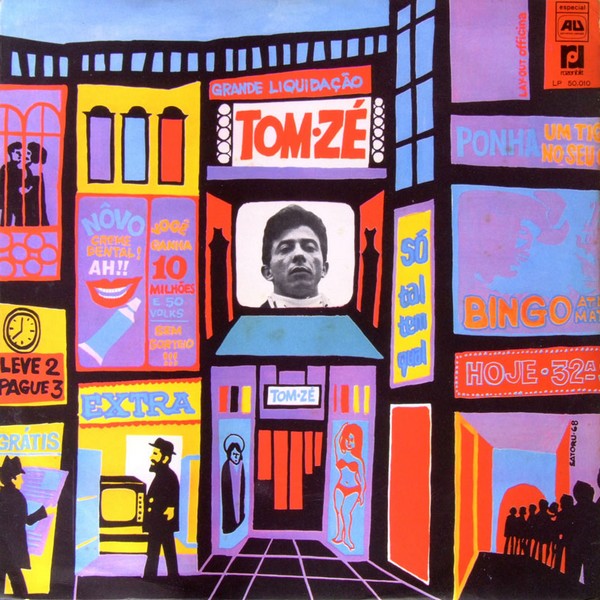
While most of the leading Tropicalistas fashioned their 1968/early-1969 albums as artistic rebirths – going so far as to release them as self-titled records – Tom Zé had no such need. Known today as Grande liquidação, Zé‘s 1968 release was an actual debut album. Introducing the single most idiosyncratic voice on the Tropicália scene, “São São Paulo” makes for a stunning first impression. Filled with subtly shifting moods and modes, the track packs an impressive amount of variety into its relatively brief run-time. Zé would create works that would find him in both more direct and abstract styles, but “São São Paulo” found him at a perfect equilibrium between accessibility and experimentation.

Another highlight from Gilberto Gil’s second LP, “Procissão” is noted for the lead guitar work by Os Mutantes’ Sérgio Dias Baptista. His serpentine riffs evoke the “procession” described in Gil’s lyrics, and his deft use of a volume pedal adds an intriguing shade to an already lively track. Despite Baptista’s heroics, Gil still holds court – turning in one of his finest vocal performances.
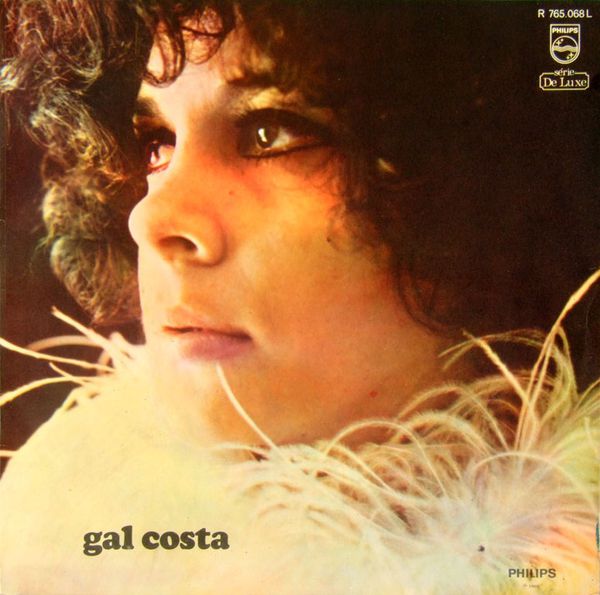
Arguably the great anthem of the Tropicália scene, “Baby” was recorded by several of the movement’s principal figures, but was never better than on the version that Gal Costa released as a single in 1968, and repurposed as the centerpiece for her self-titled 1969 album. A collaboration with Caetano Veloso – who wrote the track – Costa’s “Baby” is lush, airy, and nothing short of gorgeous. While on the surface it speaks to the sentimental side of the Tropicalistas, Veloso’s veiled lyricism hints at deeper levels to a spellbinding song.

The alluring opening track to Os Mutantes’ game-changing debut album, “Panis et circenses” is four minutes of perpetually shape-shifting psychedelia that had little precedent – inside or outside of Brazil – when it arrived in the summer of 1968. Its title evoking the “bread and circuses” of Roman legend, the song would give a title to the scene-defining collaborative effort that produced the next two tracks on this playlist.
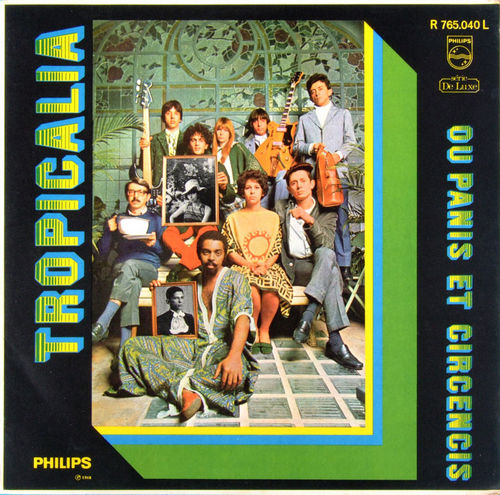
The definitive statement of Tropicalismo – perpetually referred to as the scene’s manifesto – Tropicália ou panis et circencis was a real-time compilation that featured all of the movement’s most important figures. Its opening track, “Miserere nóbis” contains cryptic allusions to the political, economic, and cultural landscape into which it was dropped. Despite its dark undertones, Gilberto Gil’s spirited vocals, and the harmonies of Os Mutantes, provide an inviting introduction to an absolutely brilliant record.

The ominous nature of “Miserere nóbis” is underscored in its final moments, as the sound of distant cannon fire provides an unsettling transition into Tropicália ou panis et circencis‘ second track. “Coração materno” describes a scene of desperation, one in which unspeakable dangers loom in the distance. Just one month before the release of Tropicália ou panis et circencis, Edson Luís’ death at the hands of Brazil’s military dictatorship would add a deepening sense of urgency to the protests against the government. The gently beautiful “Coração materno” would take on a chilling funereal undercurrent as a result.

While Os Mutantes would become best known for their more rocking moments, the group could also conjure up a dreamy soundscape with the best of the sixties-era psych groups. “O relógio” mostly provides the latter, though it is intriguingly, briefly interrupted by a garage rock rave-up that builds a bridge between Nuggets and the studied baroque pop of The Zombies.

Though he was primarily known as the man behind the arrangements and production of most of Tropicália’s greatest recordings, Rogério Duprat released an album of his own at the peak of the scene’s brief existence. The highlight of A banda tropicalista do Duprat was a faithful cover of The Cowsills’ 1967 hit, “The Rain, The Park and Other Things.” Duprat leans into the song’s most Beach Boys-y elements: the skittering Hammond organ, reverberated electric bass guitar, and lush backing harmonies.

The opening track to Gal Costa’s second LP, “Não identificado” – which translates to “unidentified object” – paints a fantastical picture of a romance with otherworldly aspirations. Written by Caetano Veloso – who recorded his own version for his 1969 self-titled LP – “Não identificado” speaks of a desire to “write a love song to be recorded in a spaceship.” Costa’s spectral vocals, and the inventive arrangement of Rogério Duprat, help to make this lofty goal sound possible.

Another standout from Tom Zé’s debut album, “Glória” finds Tropicália’s most unpredictable figure trading in his signature mode and tempo shifts. While lesser artists have attempted similar tricks to far more jarring – and decidedly less successful – effect, the transitional nature of “Glória” is both intellectually satisfying and aesthetically accessible.

Caetano Veloso’s first hit – and the song that earned him a standing ovation following his memorable performance at the 1967 Brazil Popular Music Festival – “Alegria, alegria” was not universally beloved. Particularly, its embrace of American pop affectations – the track was backed by a rock combo called The Beat Boys – sat uncomfortably with those who felt that Brazilian music should resist the corrupting influence of American and British trends. In the song’s refrain, Veloso indirectly responded, “por que não” (why not)?

The brightly skittering opener to Gilberto Gil’s second record, “Frevo rasgado” belies the lovelorn nature of its lyrics with a spirited instrumental backing. It serves as a fitting introduction to an album that dramatically expanded the parameters of Brazilian pop music by combining disparate elements into an intoxicating blend of sounds.

Written by influential Brazilian singer-songwriter Lamartine Babo, “Infelizmente” was a standout track from Nara Leão’s self-titled 1968 album. The song finds Leão largely sticking to the samba stylings of her earlier work, but the arrangement by Rogério Duprat incorporates the kaleidoscopic backdrop that was central to the Tropicália sound.

“Divino, maravilhoso” – which would give name to the television program hosted by the Tropicalistas – begins as a relatively mild-mannered track. But once Gal Costa lets out a forceful shout, the song kicks into high gear, previewing the more rock-oriented nature of her next LP, 1969’s Gal. While the album version is excellent, the 2012 documentary Tropicália features an absolutely electric live recording of Costa performing the track in front of a half-hostile, half-adoring crowd.

For an artist who often forcefully defied convention, Tom Zé still displayed a remarkable knack for a good hook. “Quero sambar meu bem” provides plenty of examples, but none better than the lilting melody that rises during its chorus. Though it doesn’t appear to be among his most celebrated songs, Soul Jazz made a smart move by including it in their excellent 2006 overview, Tropicália: A Brazilian Revolution in Sound.

Gal Costa, Gilberto Gil, Os Mutantes & Caetano Veloso
“Parque industrial”
from Tropicália ou panis et circencis (1968)
Written by Tom Zé – and recorded for his debut album – “Parque industrial” would get its definitive take as part of the indispensable Tropicália ou panis et circencis. While the work of the Tropicalistas was often dripping with sarcasm and hidden messaging, there is a genuine pride that emanates from the group chorus – in a recording featuring meaningful contributions from every key member of the scene – that repeatedly shouts “made in Brazil.”

Though it was written by Gilberto Gil – and memorably recorded by him for Tropicália ou panis et circencis – it’s hard to argue against Os Mutantes’ take on “Bat macumba” being the definitive version of the song. I imagine that many listeners were, like myself, first turned on to Mutantes – and Tropicália as a whole – when Sérgio Dias Baptista’s gloriously warped guitar sounds were included on the 2001 compilation, Nuggets II: Original Artyfacts From the British Empire and Beyond.

Delivered in a legendary show-stopping performance with Os Mutantes at the 1967 TV Record festival, “Domingo no parque” represented the public coming-out moment for a not-yet-named scene. Released in May of the following year on Gil’s peak-Tropicália era album, “Domingo no parque” was similarly show-stopping. Combining all of the best elements of Tropicália with Gil’s darkly evocative storytelling, “Domingo no parque” is an all-time classic – and a fitting end to this introduction to a deeply rewarding moment in musical history.



